The 15 Weirdest Shark Species In The World
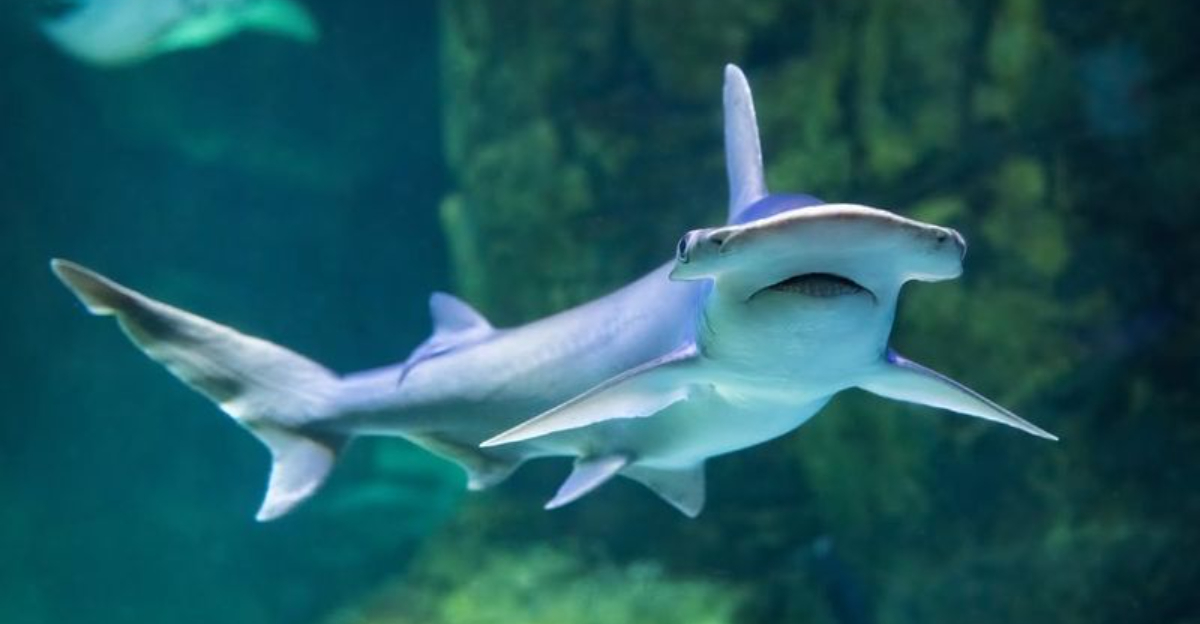
Sharks have long captivated our imaginations, known for their ferocity and grace in the deep blue. However, not all sharks fit the stereotype of the sleek, fearsome predator. Here are some of the most bizarre and unusual shark species that roam our oceans.
From the goblin shark’s eerie appearance to the frilled shark’s ancient lineage, these creatures defy conventional shark imagery. Join us as we uncover the peculiar traits and fascinating adaptations of these extraordinary sharks.
1. Goblin Shark
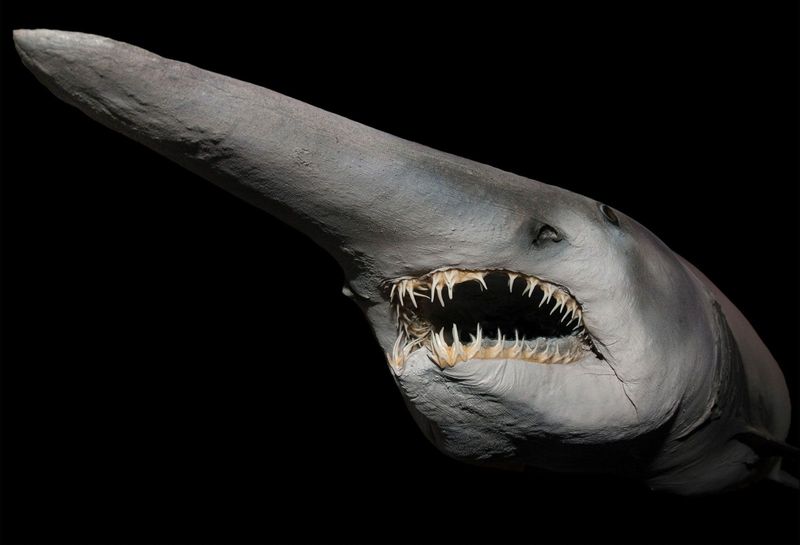
The Goblin Shark, often dubbed a ‘living fossil,’ inhabits the deep sea. Its most striking feature is its long, flattened snout. This protrusion houses electro-sensitive organs, enabling the shark to detect prey in the murky depths.
With its unique coloration, ranging from pink to pale gray, the Goblin Shark cuts a ghostly figure. Its jaws can extend dramatically to capture prey, retracting afterward with a speed that surprises many.
Rarely seen, this elusive shark remains one of the ocean’s most mysterious denizens, leaving much to marine biologists’ imaginations.
2. Frilled Shark
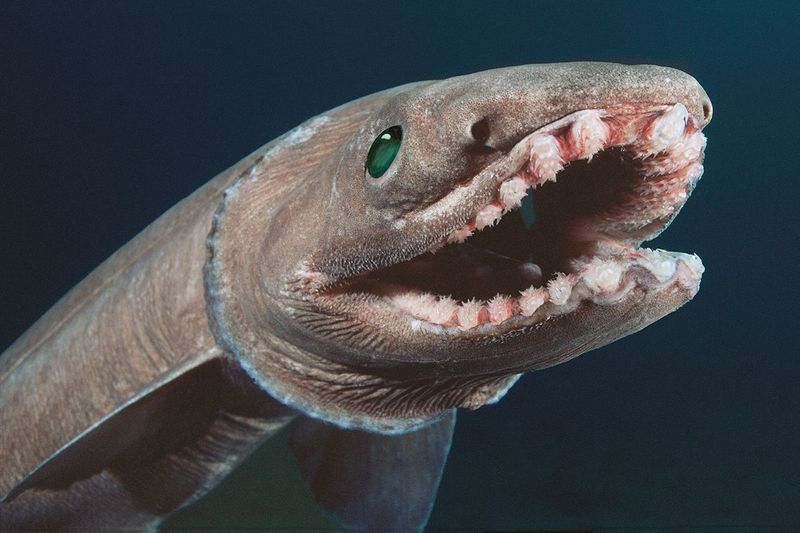
Resembling an eel more than a typical shark, the Frilled Shark is a deep-sea wonder. Its body is long and slender, covered in a dark brown hue.
The name “Frilled Shark” comes from its six pairs of gill slits, which are edged with a frilly appearance. This species is believed to have changed little since prehistoric times, earning its status as a ‘living fossil.’
Despite its fearsome look, the Frilled Shark is not aggressive towards humans. It primarily feeds on squid and other small marine creatures, utilizing its flexible jaw to capture prey.
3. Sawshark
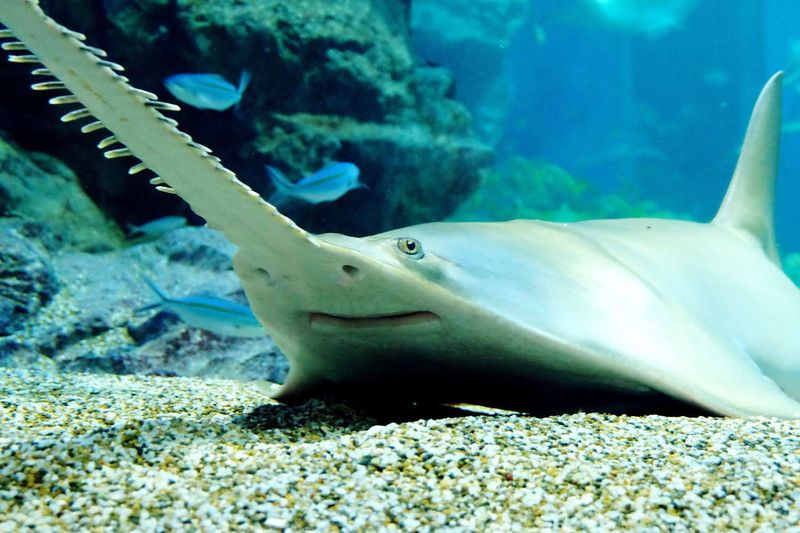
The Sawshark is instantly recognizable by its elongated snout, lined with sharp, tooth-like projections. This distinct feature is used to slash and disable prey.
Found in various oceans, Sawsharks prefer deeper, murkier waters where their unique hunting technique proves advantageous. Despite their intimidating appearance, they pose little threat to humans.
While not commonly sighted, these sharks have sparked curiosity due to their peculiar anatomy and adaptations. Their slender bodies allow them to maneuver swiftly, ambushing unsuspecting prey with precision.
4. Hammerhead Shark
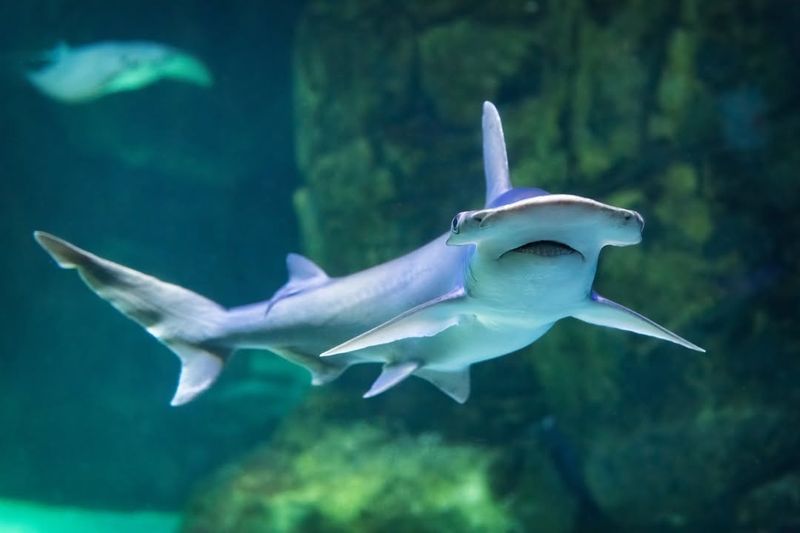
The Hammerhead Shark, with its iconic head shape, stands as one of the most unusual sharks. This distinctive head, or cephalofoil, enhances the shark’s sensory capabilities.
The wide-set eyes provide a broader field of vision, while the nostrils enable superior smell detection. This adaptation makes the Hammerhead an adept hunter.
While their appearance might be intimidating, Hammerhead Sharks are generally known to be shy creatures. They often travel in schools, which can number in the hundreds, making for a spectacular sight in the ocean.
5. Wobbegong Shark
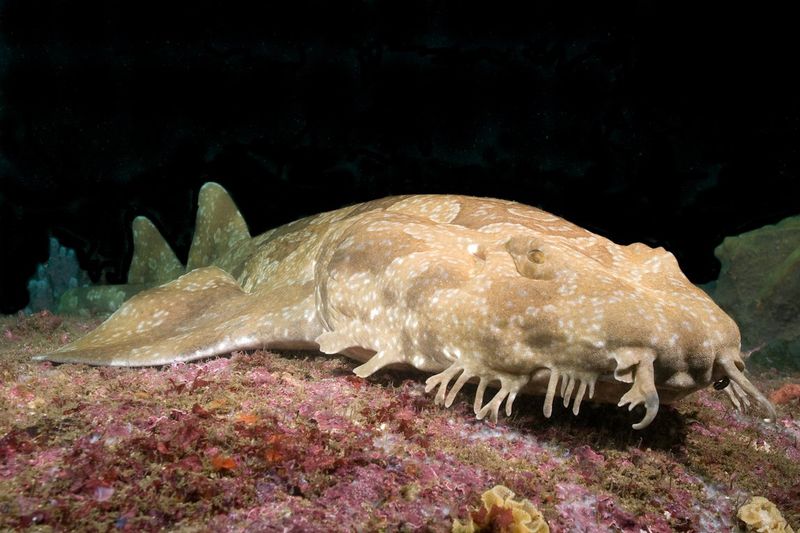
Wobbegong Sharks, also known as carpet sharks, are masters of disguise. Their flat bodies and intricate patterns allow them to blend seamlessly with the ocean floor.
These sharks sport unique skin flaps around their mouths, aiding in both camouflage and hunting. Their ambush strategy is effective, as unsuspecting prey often venture too close.
Though not aggressive, Wobbegongs can bite if provoked, holding on with a surprisingly strong grip. They are a testament to the diverse adaptations seen within the shark world.
6. Thresher Shark
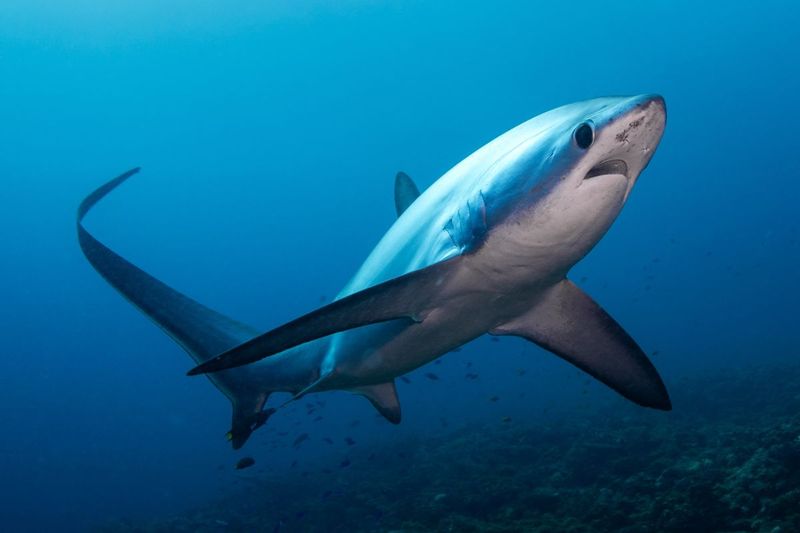
Famous for its extraordinarily long tail, the Thresher Shark uses this appendage as a hunting tool. The tail, which can be as long as the body, is used to stun prey such as fish.
Thresher Sharks are known for their agility and speed, making them formidable predators in the open ocean. They’ve been observed leaping out of the water, a behavior known as breaching.
Despite their powerful appearance, Threshers are generally not a threat to humans. Their diet mainly consists of small fish and squid, making them an integral part of the marine ecosystem.
7. Cookiecutter Shark
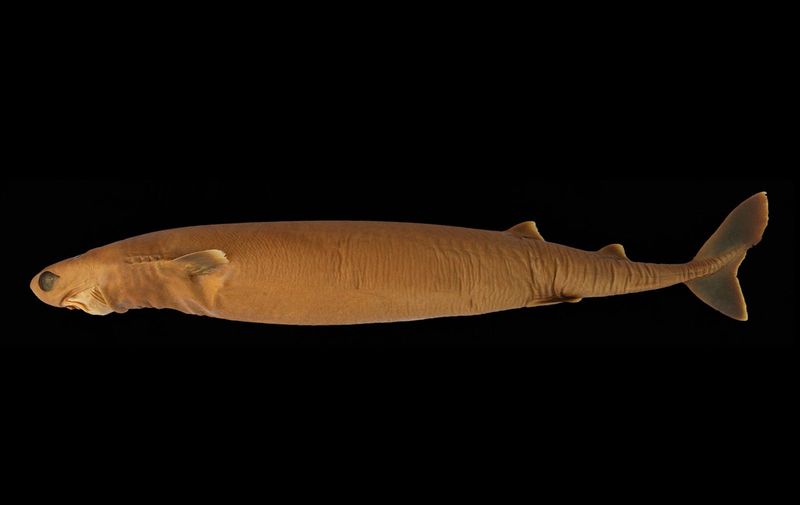
The Cookiecutter Shark is a small predator with a big bite. Named for the circular wounds it leaves on its prey, this shark uses its specialized mouth to latch onto larger marine animals.
Despite its small size, the Cookiecutter Shark’s feeding strategy is effective, allowing it to extract flesh from much larger creatures. Its dark-colored body aids in nighttime hunting, where it remains mostly undetected.
These sharks predominantly inhabit deep waters and are rarely encountered by humans, making them a mysterious presence in the ocean’s depths.
8. Basking Shark
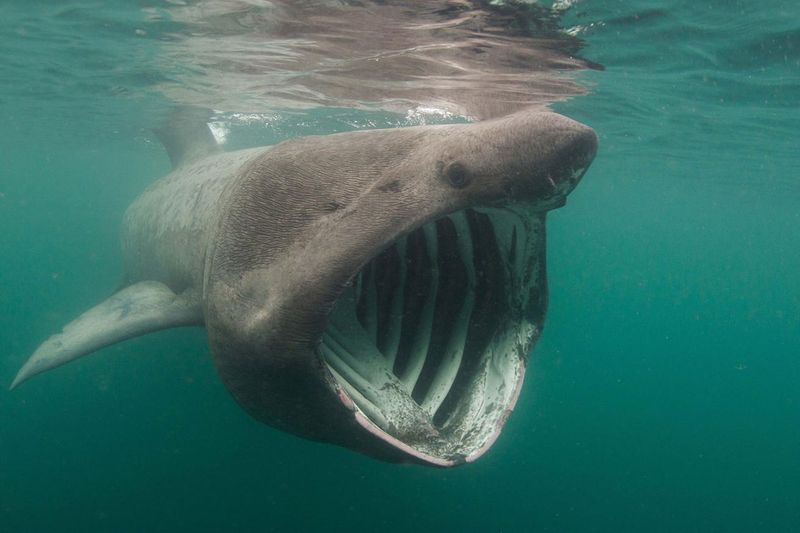
Basking Sharks are gentle giants of the sea, known for their immense size and passive nature. They are the second-largest fish species, dwarfed only by the whale shark.
Primarily, Basking Sharks feed on plankton, swimming with their mouths agape to filter their tiny prey from the water. Despite their size, these sharks pose no threat to humans.
Their presence is often a delight to ocean-goers, as sightings of these colossal creatures are relatively rare. The Basking Shark’s placid demeanor and unique feeding habits set it apart from many of its predatory relatives.
9. Megamouth Shark
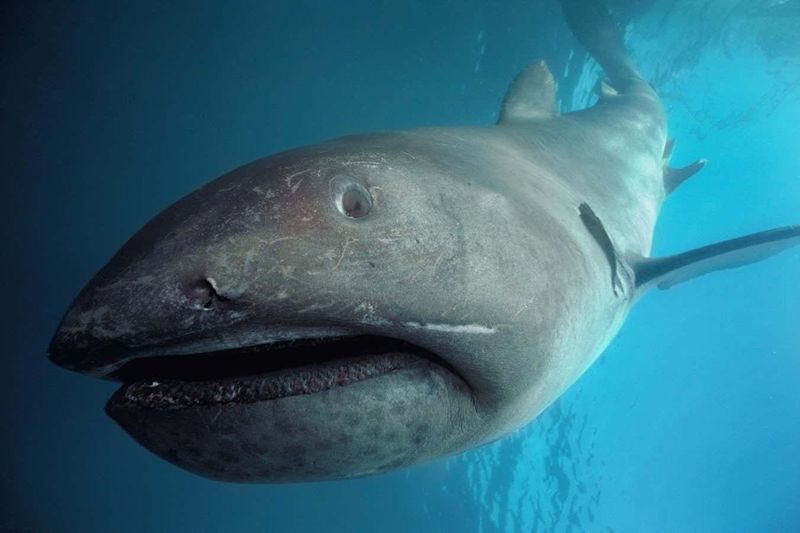
The Megamouth Shark is a deep-sea dweller, elusive and rarely seen by human eyes. Its most notable feature is its enormous mouth, which it uses to filter feed on plankton and jellyfish.
Despite its daunting appearance, the Megamouth is not a threat to humans. This shark’s discovery in 1976 was a significant event, as it represented a previously unknown species.
Its gentle feeding habits and mysterious nature have captivated scientists and marine enthusiasts alike, sparking interest in the deep ocean’s hidden secrets.
10. Angel Shark
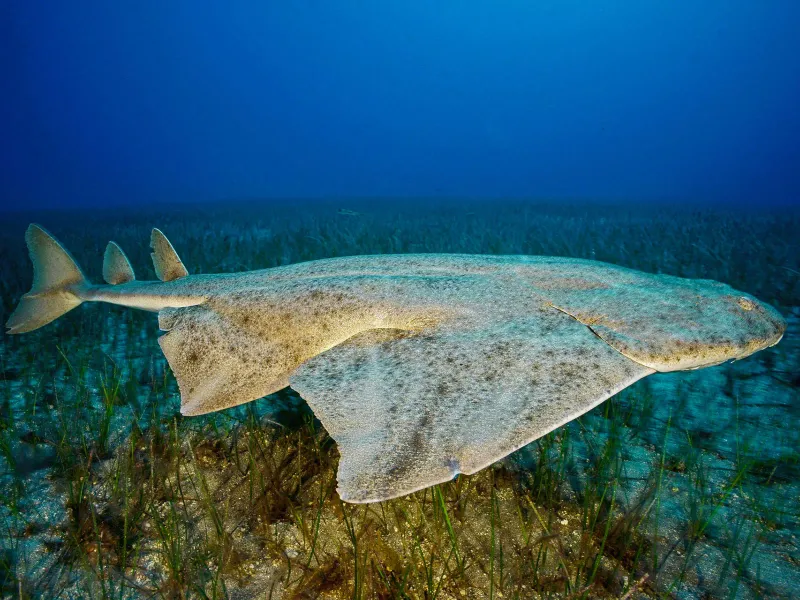
Angel Sharks are masters of disguise, with flat bodies and broad, wing-like fins. They lie buried in the sand, ambushing prey that swims too close.
Their unique body shape and camouflaging ability make them effective hunters. Despite their fierce hunting tactics, they are not considered dangerous to humans.
These sharks are often threatened due to habitat loss and fishing activities. Conservation efforts are crucial in protecting these beautifully adapted creatures that play a vital role in their ecosystems.
11. Nurse Shark
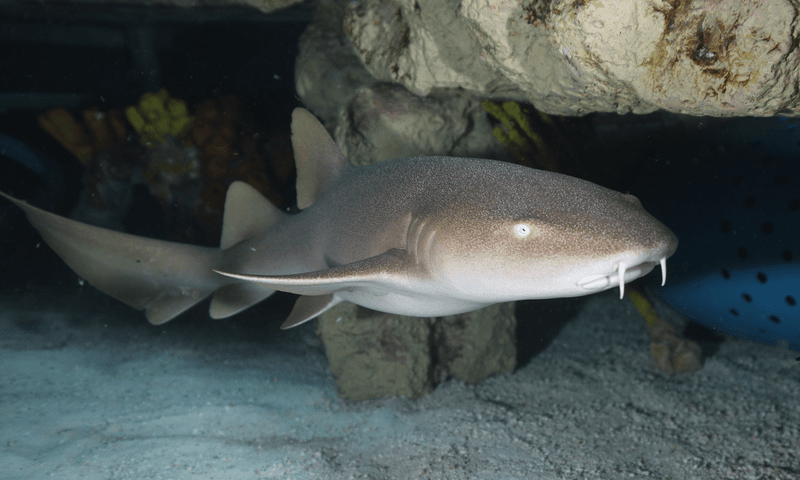
Nurse Sharks are known for their docile nature and distinctive appearance. Often found resting on the ocean floor, these sharks possess barbels around their mouths, helping them sense prey.
Their strong jaws allow them to crush shellfish and other hard-shelled animals. Nurse Sharks are primarily nocturnal feeders, exhibiting a calm demeanor during daylight hours.
Although they are generally harmless, it’s best to admire them from a distance. Their lifestyle and behavior contribute significantly to the balance of the marine environment.
12. Horn Shark
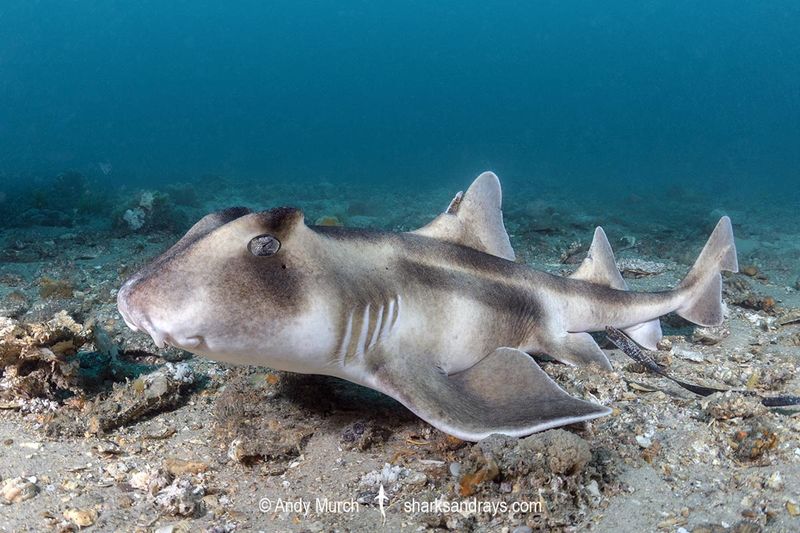
Horn Sharks, with their blunt heads and noticeable dorsal spines, are small, bottom-dwelling creatures. They prefer rocky, kelp-rich environments where they find ample food and shelter.
These sharks are slow-moving and primarily nocturnal, using their strong jaws to feed on mollusks and crustaceans. Their unusual appearance and distinctive features make them a subject of intrigue.
Despite their horns, these sharks are not dangerous to humans. They play a vital role in maintaining the health of their habitats, showcasing nature’s incredible diversity.
13. Zebra Shark
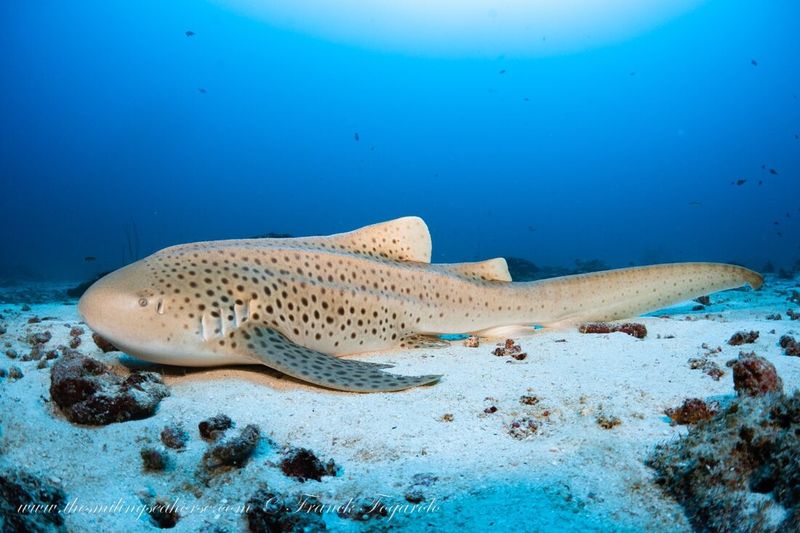
Zebra Sharks are named for the stripes seen in juveniles, which fade to spots as they mature. Their long tails and cylindrical bodies make them excellent swimmers.
Commonly found in coral reefs, these sharks are gentle and pose little threat to humans. They primarily feed on mollusks and small fish, contributing to the biodiversity of their habitat.
Their striking appearance and calm nature have made them popular among divers and marine photographers, who cherish the chance to encounter such a remarkable species.
14. Greenland Shark
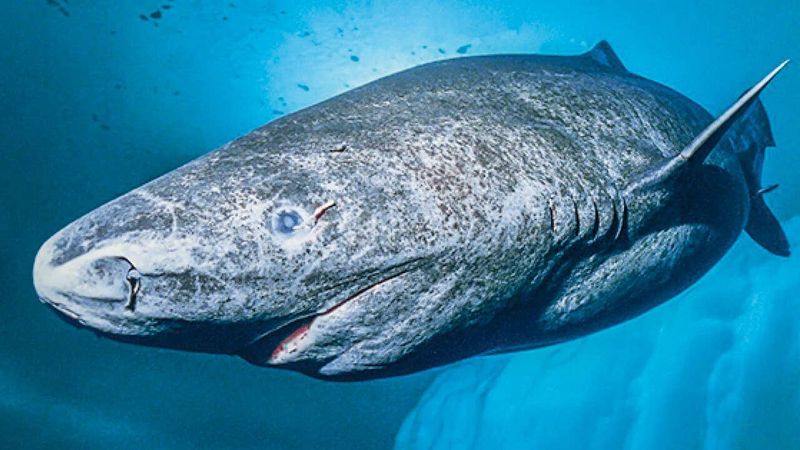
The Greenland Shark is a slow-moving giant of the Arctic, known for its impressive lifespan and large size. These sharks can live for hundreds of years, making them some of the longest-living vertebrates.
Their sluggish pace and cold-water habitat do not deter them from being effective hunters. They feed on fish and carrion, utilizing a stealthy approach.
While not a threat to humans, their mysterious lives in the deep, frigid waters continue to fascinate scientists and explorers, offering insights into longevity and adaptation.
15. Epaulette Shark
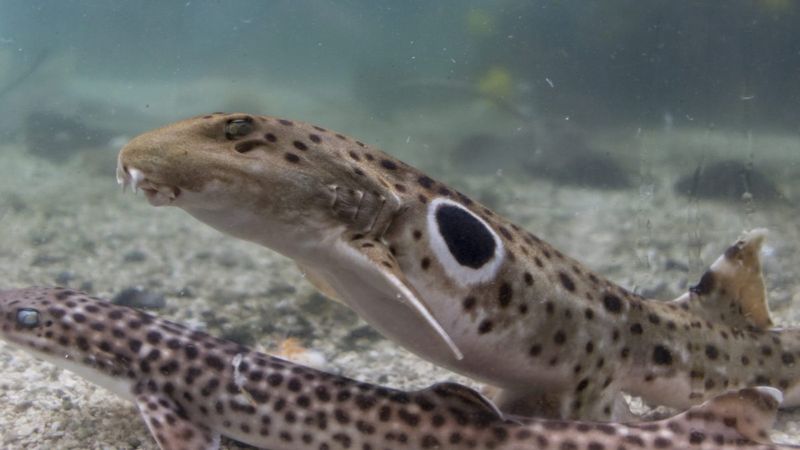
Epaulette Sharks are small and uniquely capable of walking on land, albeit for short distances. This ability is due to their muscular pectoral fins, which help them move between tide pools.
Their name derives from the black spot near the pectoral fins, reminiscent of a military epaulette. These sharks exhibit remarkable adaptability, surviving in low-oxygen environments.
Though not aggressive, their resilience and distinctive appearance make them a fascinating subject for study, highlighting the innovative strategies of survival within the animal kingdom.






